Flesh Fly Identification and Control in Utah
Correct identification is an important first step in pest control.
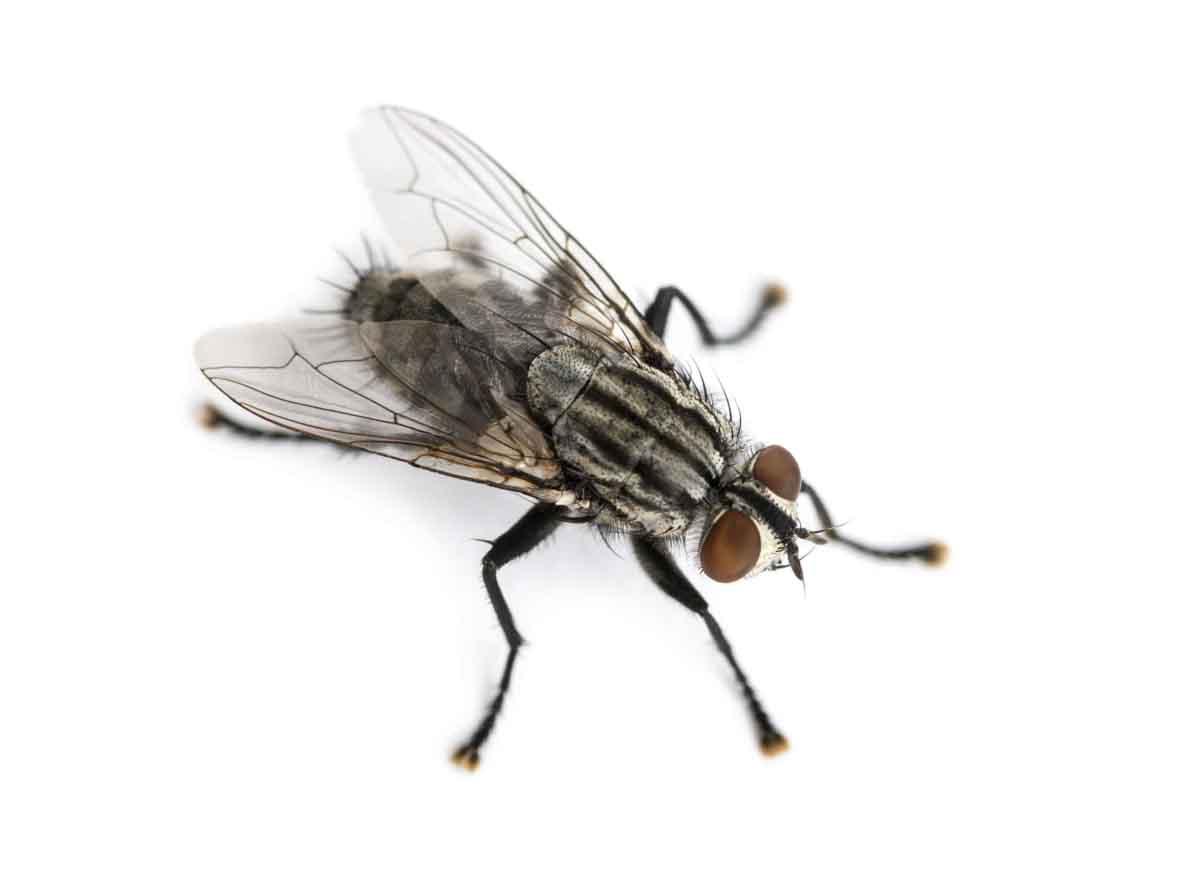
Flesh flies are large and gray in color with a checkerboard pattern on the abdomen. They have 3 dark stripes on top of their thorax. (The house fly has 4 stripes.)
Flesh flies are filth flies so they lay their eggs on dead animals, in or around garbage and dumpster receptacles and decaying organic material. Many flesh flies indoors may indicate that an animal has died in a wall void or somewhere within the building.
Need help controlling flies?
 Identify the pest with our Flesh Fly gallery
Identify the pest with our Flesh Fly gallery
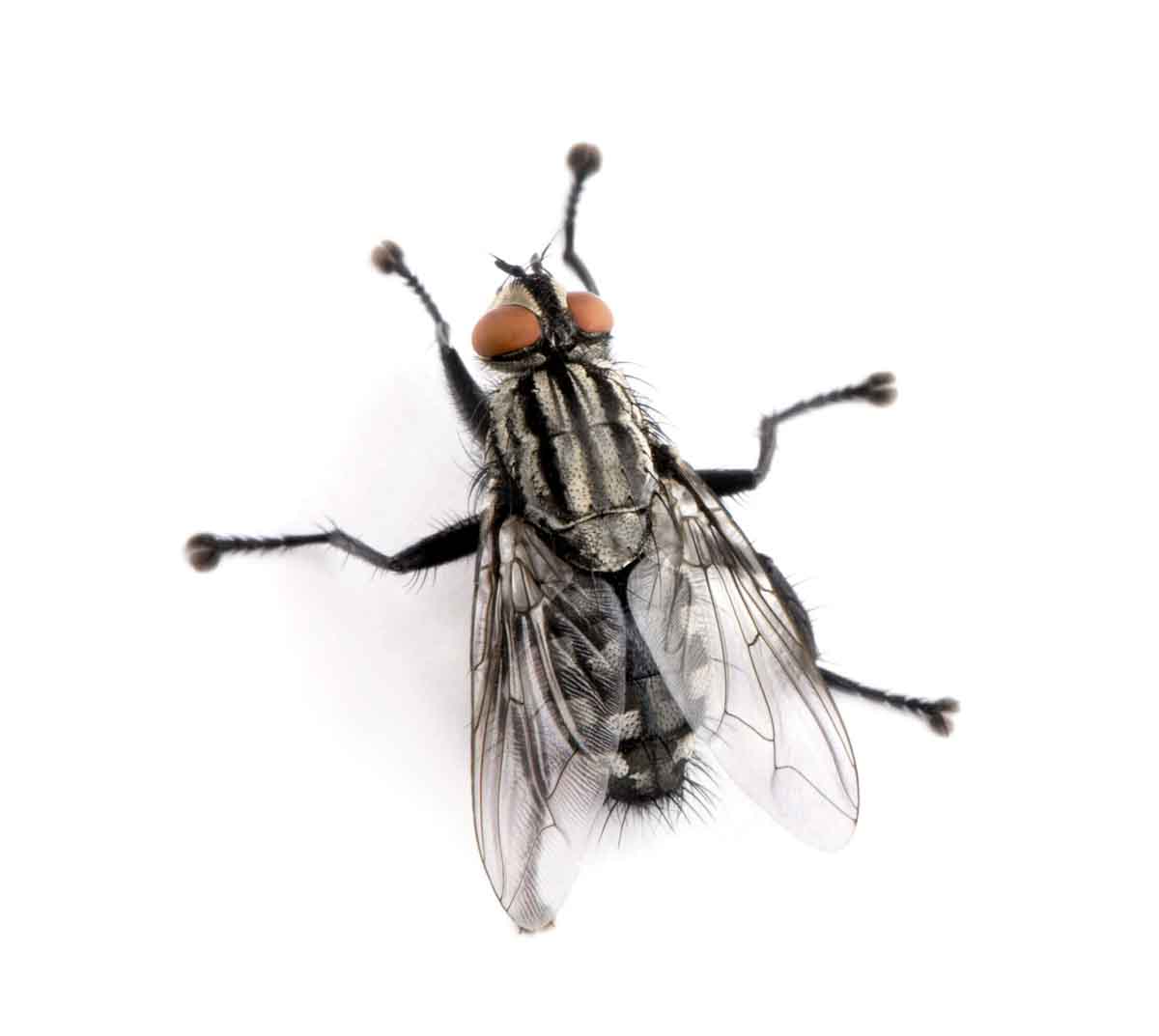


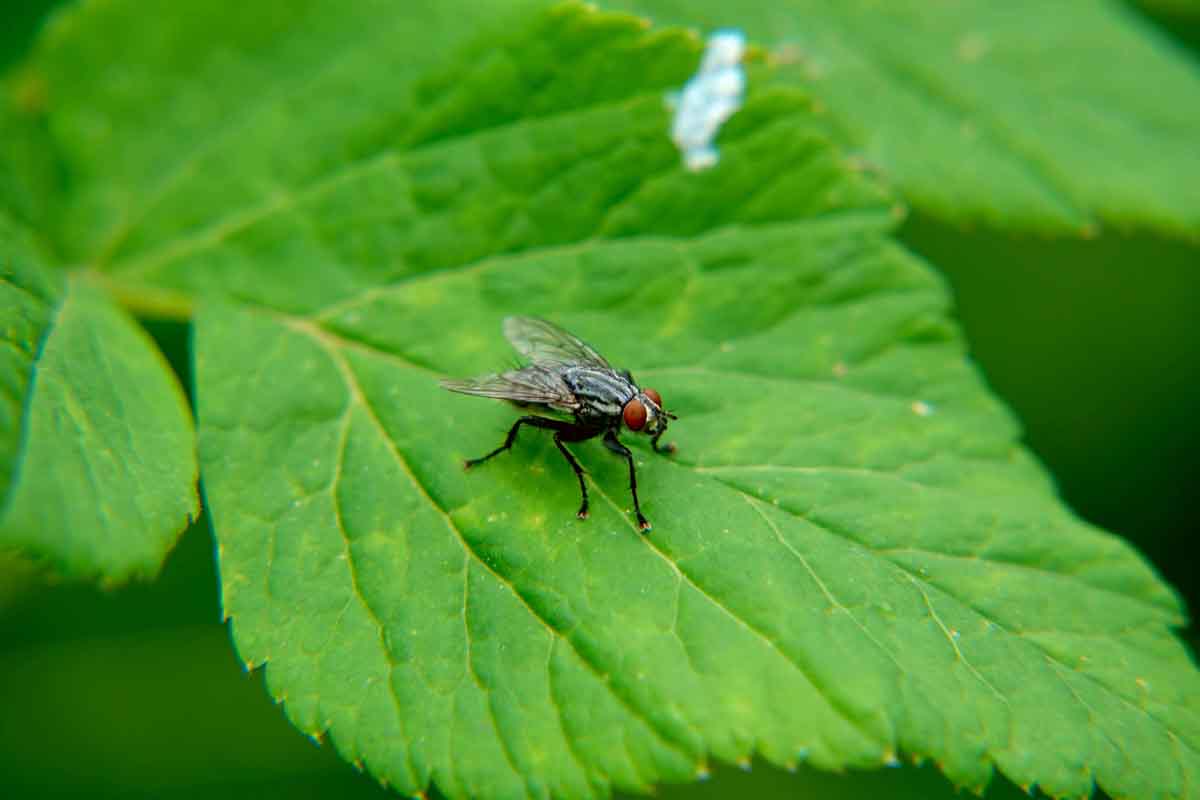
Where do they lay their eggs
Flesh flies lay eggs on dead animals, in or around garbage and dumpster receptacles and decaying organic material.
Learn more by reading our blog post: Dumpster Maintenance.
Name:
Sarcophaga spp.
Size:
Large
Light:
Yes, they are attracted to light
 Tips for keeping flesh flies away
Tips for keeping flesh flies away
How To Prevent Flies From Entering Your Home
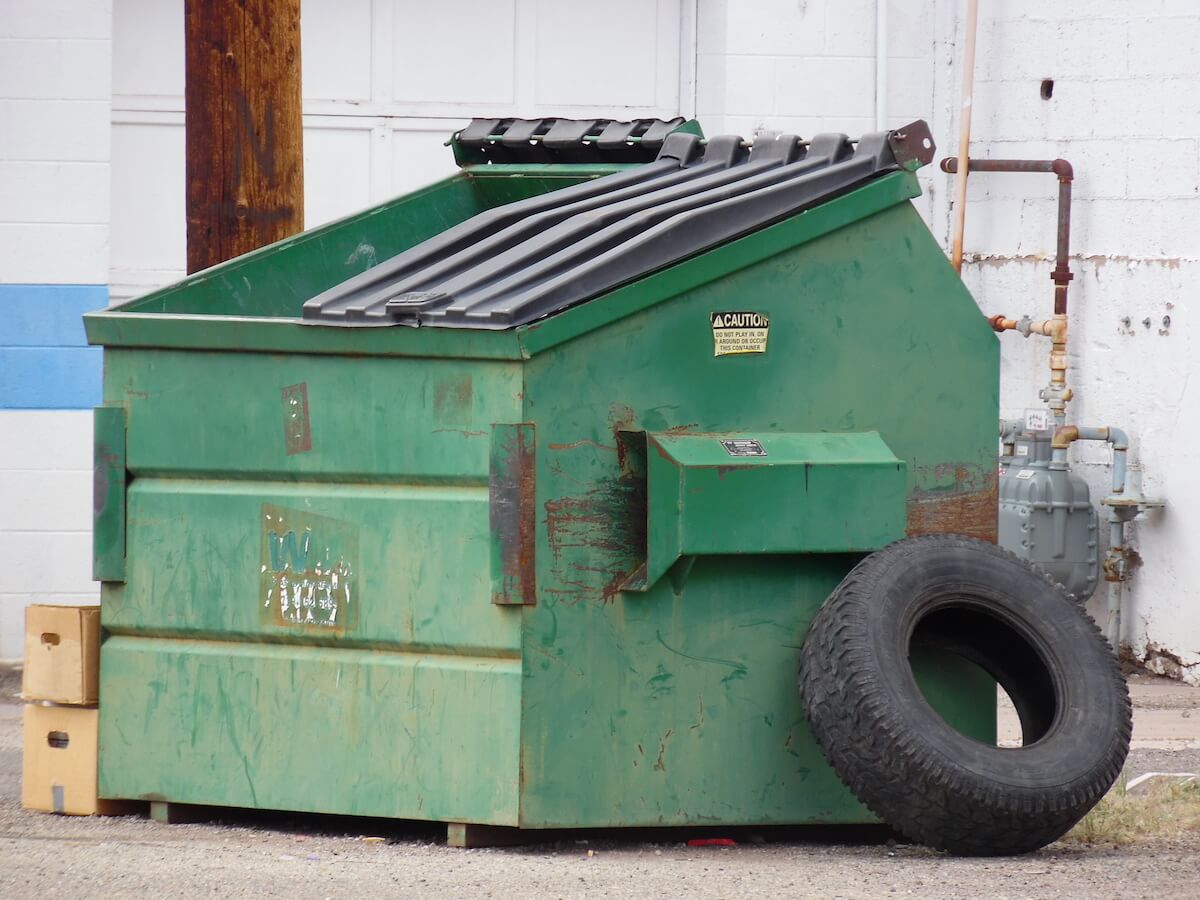
-
Seal cracks around doors and windows and install properly fitted screens and weather stripping.
-
Keep doors and windows closed or open with properly fitted screens.
-
Exclude fly entry via caulking, weather stripping, door sweeps, screens, etc.
How To Get Rid Of Flies Around Your Home

-
Regularly inspect and clean dumpsters and garbage cans.
-
Keep area around dumpster and garbage can clean.
-
Use fly traps.
-
Improve sanitation in and around building by keeping dumpsters at least 50 feet away from the building and clean and free of odor.
Don't let flies take over.
Thorn can help.
Fill out the form below to contact us so we can help eliminate flies fast.
Pest Science,
meet Know-How.

How thorn can help
Pests can be difficult to control, but that’s what we are here for. We create a strategic plan to gain control of your problem and make sure we get results.
Thorn's Approach
We take a scientific approach to pest control. We start with an inspection and assessment to help us identify the pest, locate where they are, and create a specific plan for your property. Every home and business is different and requires a unique strategy.

Driven by science.
Led by service.
Proper pest management starts with a detailed inspection and assessment from an expert pest professional before treatment. Thorn Pest Solutions uses a three-step process rooted in science to eliminate pests with long-term results.
Assess Situation
First, we identify the root problem(s) with a site assessment. Pests are almost always an indicator of an environmental condition. This will determine the best actions to provide short and your long-term results against pests.
Execute Action Plan
Next, we develop a plan to fix the problems we discovered. This includes solving current pest issues, eliminating conducive conditions, and monitoring for future pest activity. Good pest management starts with a good plan.
Track Success
Lastly, we implement the solutions we developed including inspection, monitoring, and preventing future pest infestations. Good pest control requires a good offense and not just defense. Prevention is key.
Let's get rid of those pests.
Call today:
 Other common Utah pests
Other common Utah pests
 Hear From Our Customers
Hear From Our Customers













